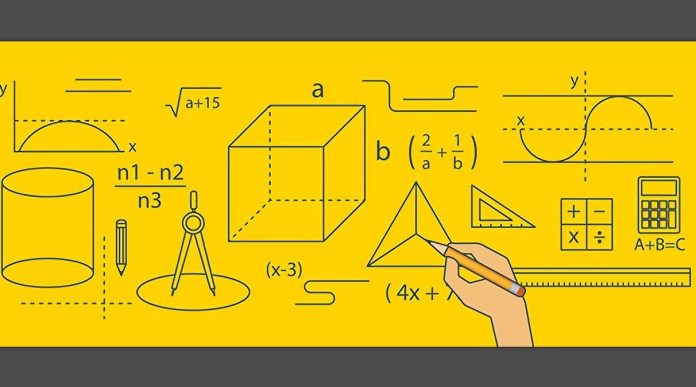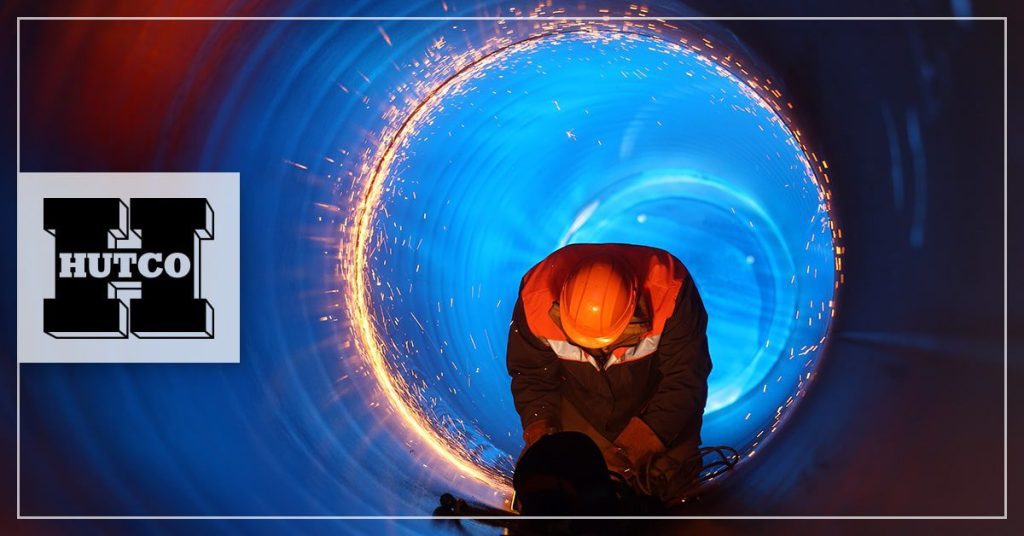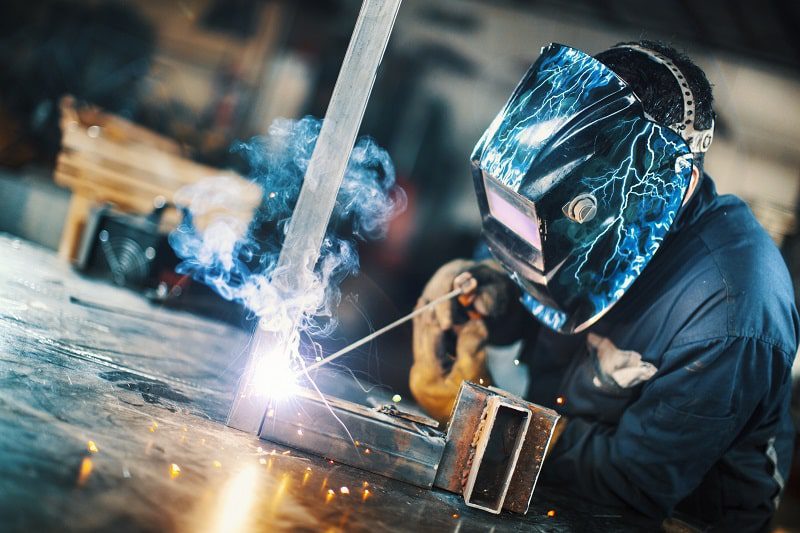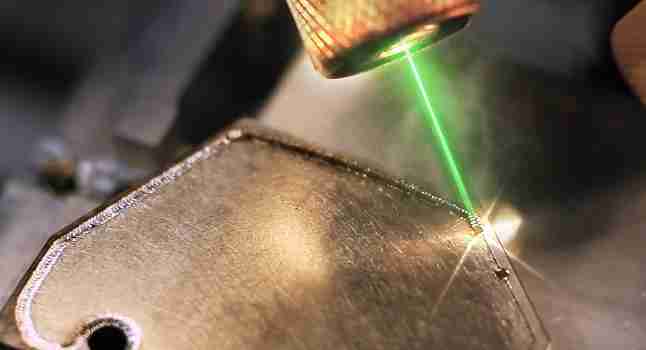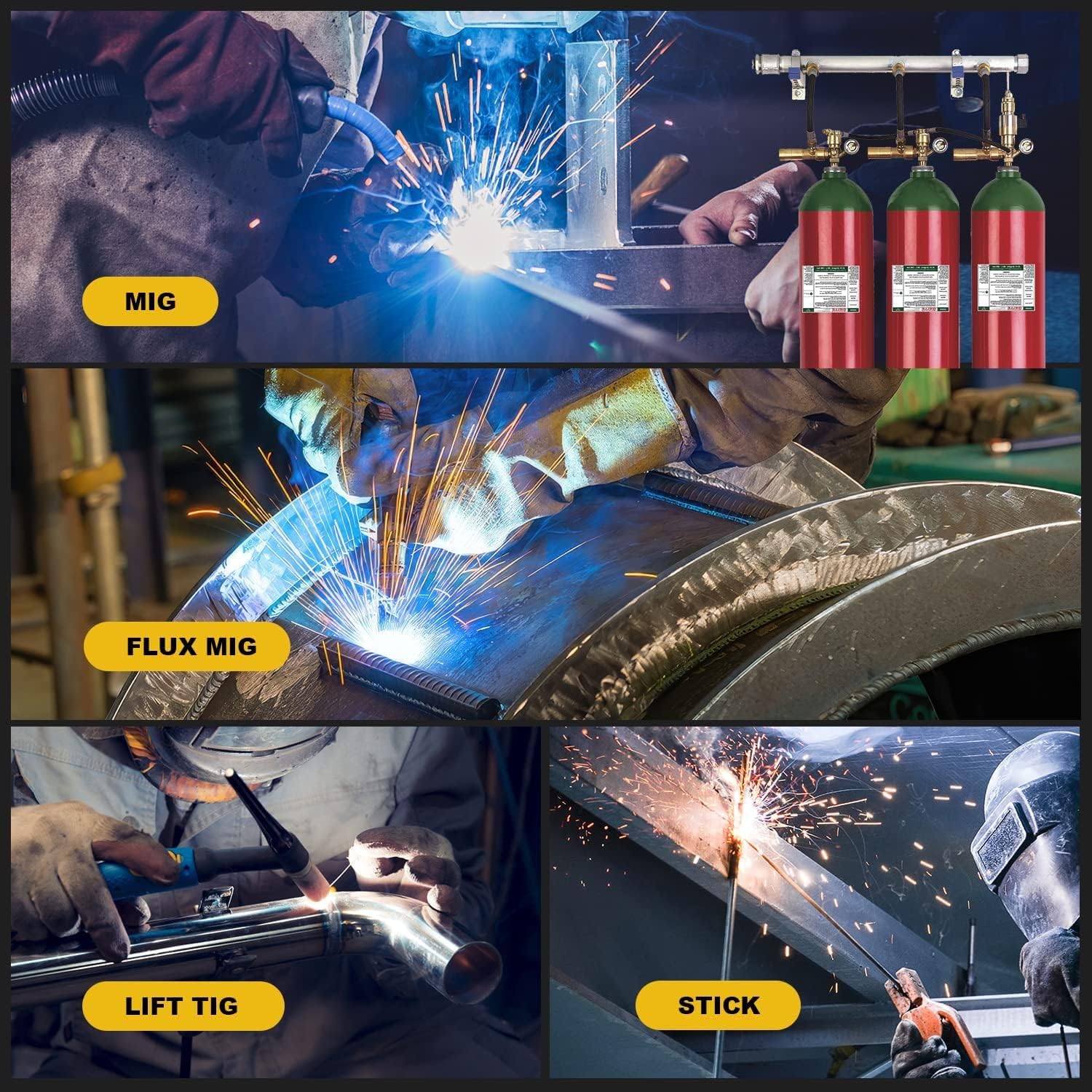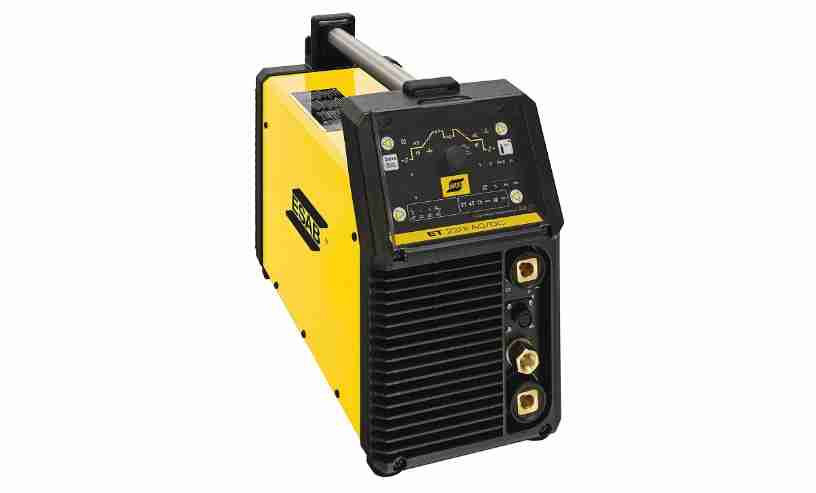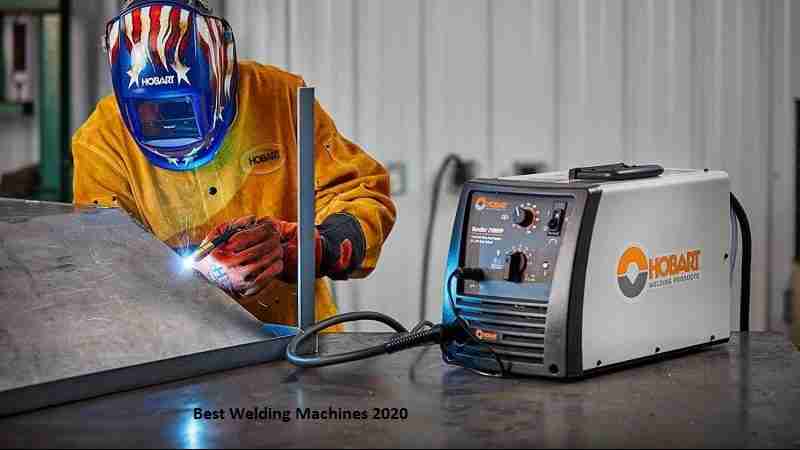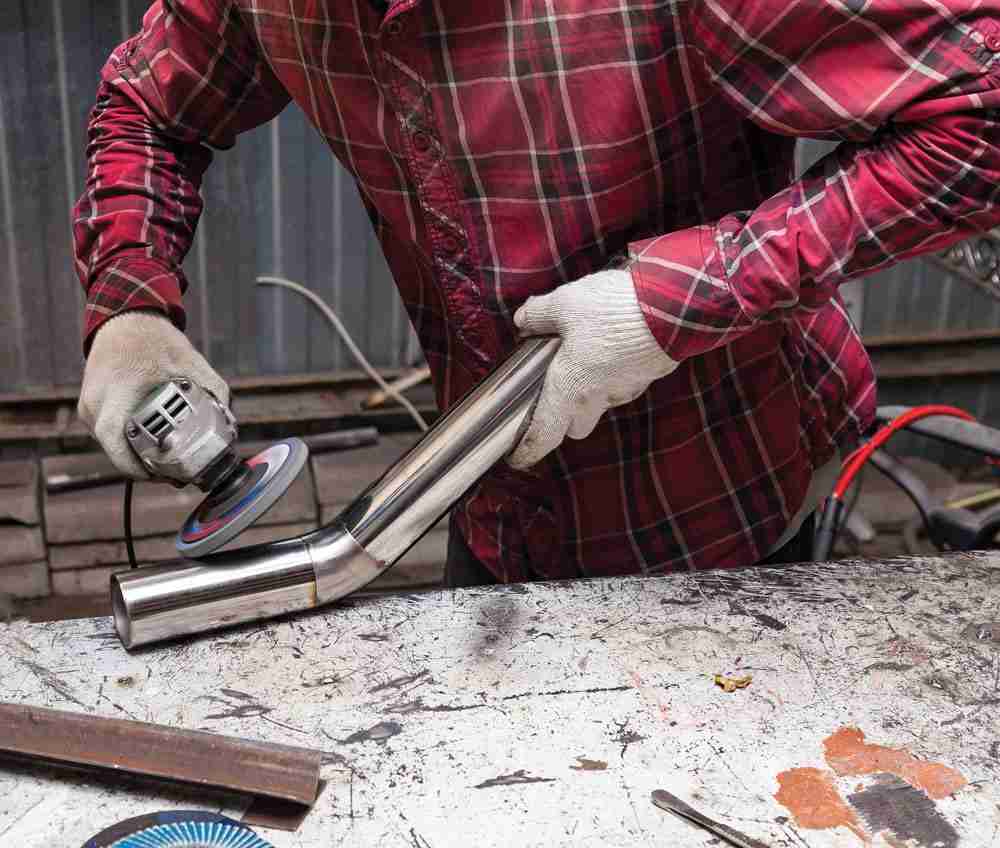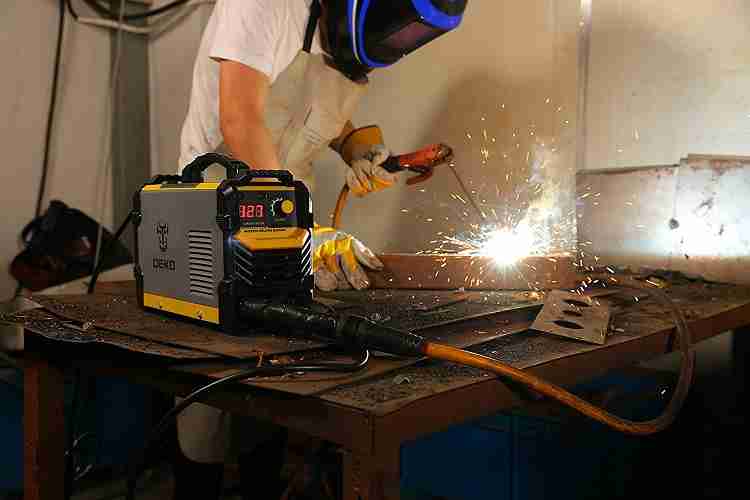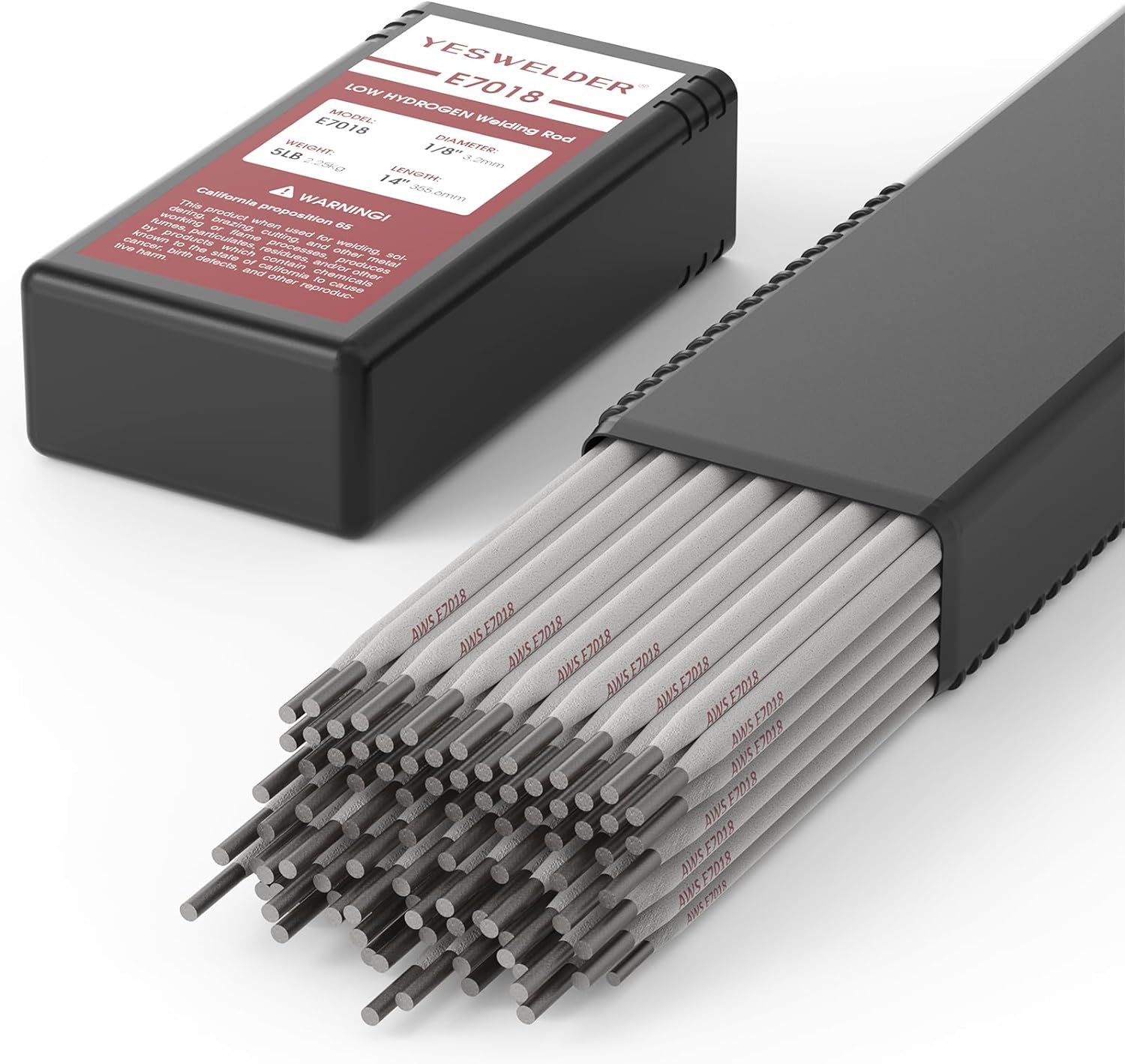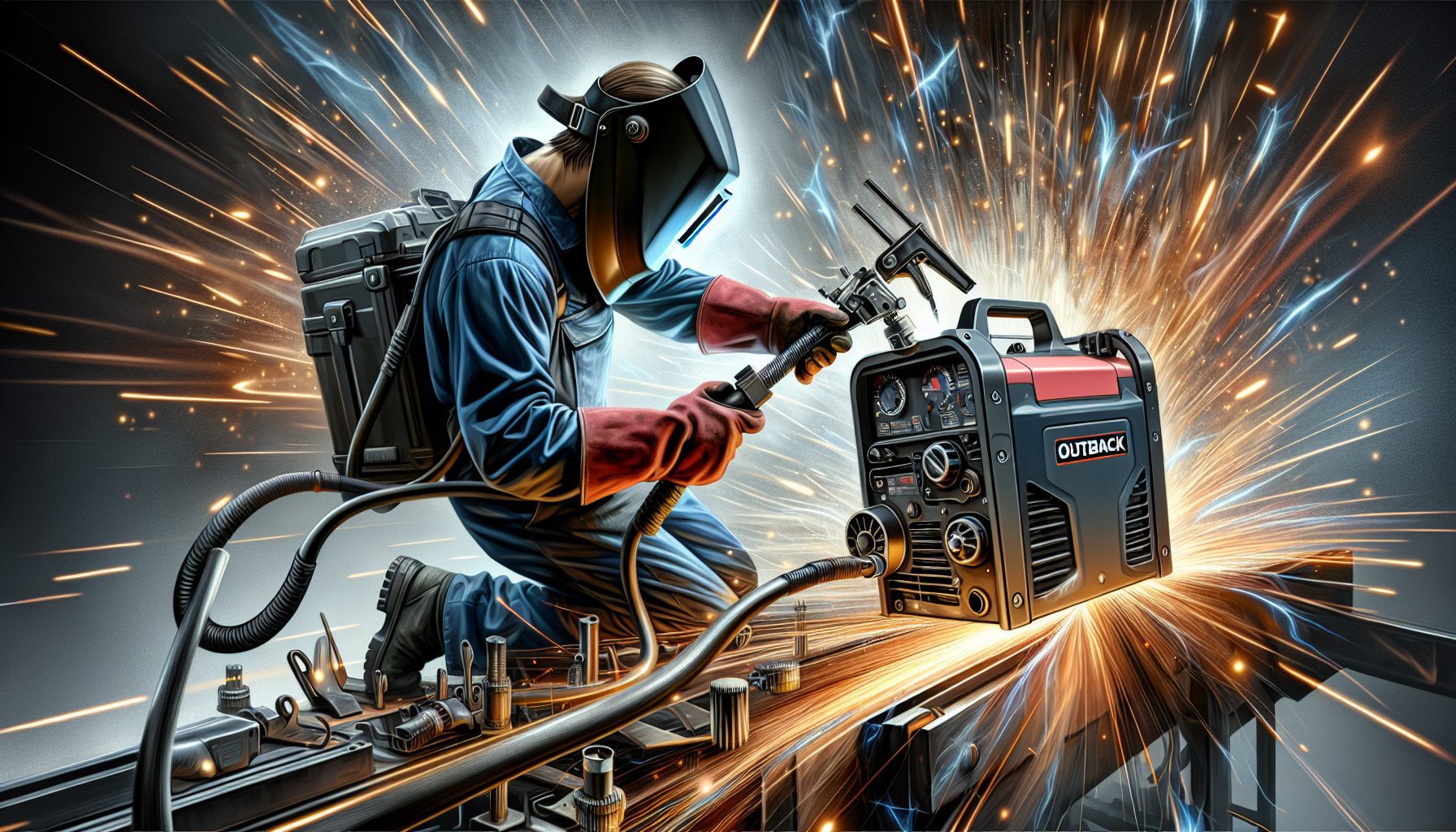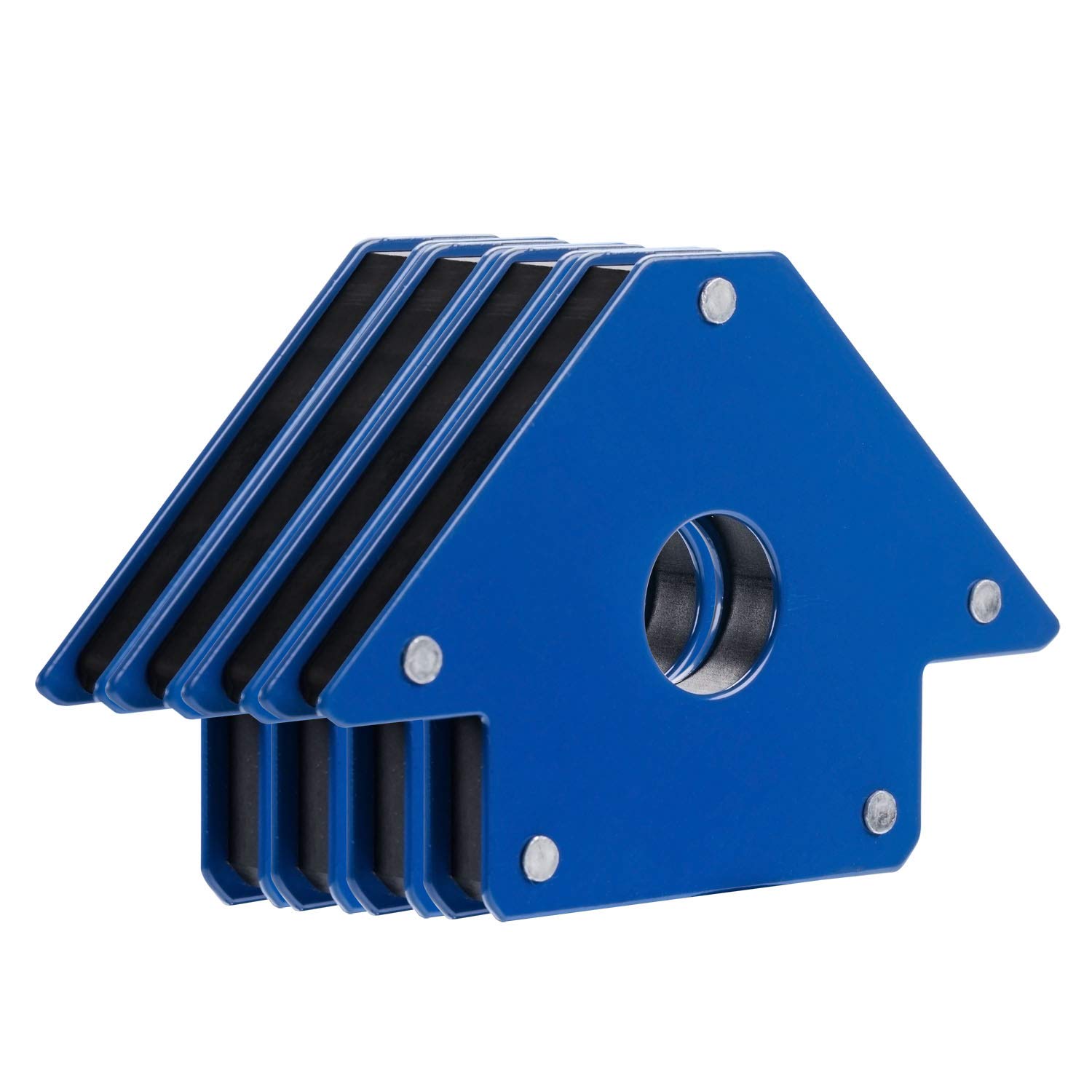Are you considering a career in welding but aren’t sure what math and science skills you’ll need? Look no further! In this article, we will explore the essential math and science skills that are crucial for a successful career in welding. Whether you’re a beginner or looking to expand your knowledge, understanding these skills will not only enhance your expertise but also set you up for future success in the field of welding. So, let’s dive in and discover the math and science behind the art of welding.
Mathematical Skills
Basic Arithmetic
Having a strong foundation in basic arithmetic is essential for a successful career in welding. Understanding and using basic arithmetic operations such as addition, subtraction, multiplication, and division is necessary for performing calculations related to measuring and cutting materials, determining angles, and calculating welding parameters.
Measurement and Conversion
Accurate measurement and conversion skills are crucial in the world of welding. Being able to read and interpret measurements on a tape measure or ruler is important for determining the dimensions of materials and ensuring precise cuts. Additionally, being able to convert between different units of measurement, such as inches to millimeters or pounds to kilograms, is necessary for working with materials from different regions or following specific welding specifications.
Geometry
A solid understanding of basic geometry is vital for welders. Geometry concepts such as angles, triangles, and shapes play a significant role in welding projects. Welders often need to measure and cut metal at specific angles, calculate the dimensions of joint preparations, and understand the geometrical relationships between different parts of a structure. Knowledge of geometry allows welders to accurately interpret technical drawings and apply the principles of welding.
Trigonometry
Trigonometry is another mathematical skill that proves useful in welding. While not every welding project may require advanced trigonometric calculations, having a grasp of trigonometry principles can greatly enhance a welder’s ability to work with complex angles and geometric configurations. Trigonometry concepts such as sine, cosine, and tangent can be applied to determine the correct positioning and alignment of welds, ensuring structural integrity and weld quality.
Science Skills
Metallurgy
A solid foundation in metallurgy is essential for welders to understand the behavior and properties of different metals. Metallurgical knowledge enables welders to determine the suitable welding techniques, select the appropriate filler metals, and predict the effects of heat input and cooling on the microstructure of welded joints. Understanding metallurgical concepts such as crystal structures, phases, alloying elements, and heat treatment allows welders to make informed decisions and produce high-quality welds.
Chemistry
Chemistry is a crucial science skill for welders to comprehend the chemical reactions and processes occurring during welding. Knowledge of chemistry helps welders understand the behavior of different gases involved in welding processes, such as shielding gases, and their impact on weld quality. Additionally, understanding chemical reactions, oxidation, reduction, and electrolysis allows welders to prevent and control issues such as oxidation or contamination during the welding process.
Physics
Physics plays a significant role in welding, particularly in the understanding of heat transfer and electricity. A basic understanding of thermal dynamics and heat conduction helps welders manipulate heat input and control the cooling rate to achieve desirable weld properties. Knowledge of electricity and electrical circuits enables welders to operate welding machines, understand the principles of different welding processes, and troubleshoot common welding issues related to electrical components.
This image is property of www.tws.edu.
Understanding Welding Techniques
Gas Metal Arc Welding (GMAW)
Gas Metal Arc Welding, commonly known as MIG welding, utilizes a continuous electric arc formed between a consumable wire electrode and the workpiece. GMAW is often used in industries such as automotive, construction, and manufacturing. Understanding GMAW involves knowledge of proper shielding gases, wire selection, and optimal voltage and current settings for different materials to achieve strong and reliable welds.
Shielded Metal Arc Welding (SMAW)
Shielded Metal Arc Welding, also known as stick welding, is one of the most widely used welding processes. SMAW involves the use of a coated electrode that provides both the filler metal and a protective shield of gases and slag. It is a versatile welding technique suitable for various applications and can be performed both indoors and outdoors. Knowledge of electrode selection, current types, and proper electrode manipulation techniques is essential for successful SMAW.
Flux-Cored Arc Welding (FCAW)
Flux-Cored Arc Welding is a semi-automatic welding process that utilizes a flux-filled tubular electrode. FCAW is commonly used in heavy fabrication and construction applications where high deposition rates and deep penetrations are required. Understanding FCAW involves knowledge of proper flux and wire selection, voltage and current settings, and techniques such as drag, push, or weave patterns to achieve optimal weld quality and efficiency.
Gas Tungsten Arc Welding (GTAW)
Gas Tungsten Arc Welding, also known as TIG welding, is a precise and versatile welding process that uses a non-consumable tungsten electrode and an inert shielding gas. GTAW is frequently employed in industries such as aerospace, food and beverage, and specialized welding applications. Proficiency in GTAW requires understanding of electrode selection, shielding gas choices, and precise control of heat input for different materials to produce clean and aesthetically pleasing welds.
Oxygen-Fuel Gas Welding (OFW)
Oxygen-Fuel Gas Welding is an older welding process that uses a combination of a fuel gas, typically acetylene, and oxygen to generate heat for welding. OFW is commonly used for repair and maintenance work, as well as in artistic applications. Knowing the proper gas and flame adjustment, flame types, and techniques for dealing with different metals and thicknesses is vital for successful OFW.
Interpreting Technical Drawings
Blueprint Reading
Being able to interpret technical drawings, commonly known as blueprints, is an essential skill for welders. Blueprints provide detailed information about weld joint configurations, dimensions, tolerances, and welding symbols. Knowledge of blueprint reading allows welders to understand project-specific requirements, accurately measure and cut materials, and interpret welding procedures and specifications.
Basic Geometry
Understanding basic geometry is crucial for interpreting technical drawings in welding. Technical drawings often include geometric shapes, angles, and measurements that welders need to identify and replicate accurately in their work. Knowledge of geometric concepts such as lines, angles, triangles, and polygons enables welders to interpret the dimensions, angles, and joint designs specified in technical drawings.
Symbols and Annotations
Technical drawings in welding incorporate various symbols and annotations that convey important information related to welding processes, materials, and quality requirements. Familiarity with commonly used welding symbols, such as the welding symbol, contour symbol, and groove symbol, allows welders to understand the desired joint configurations, welding positions, and weld quality criteria specified in the drawings. Additionally, understanding annotations such as weld callouts and surface finish specifications ensures compliance with project requirements.
This image is property of fsmdirect.com.
Calculating Welding Parameters
Travel Speed
Determining the appropriate travel speed is crucial for achieving high-quality welds. Travel speed refers to the rate at which the welder moves the welding torch along the joint. Too slow of a travel speed can result in excessive heat input and potential distortion, while too fast of a travel speed can compromise weld penetration and fusion. Understanding the relationship between travel speed, heat input, and weld quality allows welders to adjust their technique and optimize their welding parameters accordingly.
Heat Input
Heat input is a critical parameter in welding that affects the weld’s microstructure, mechanical properties, and overall quality. It refers to the amount of heat delivered to the joint during the welding process. Controlling heat input is essential for avoiding issues such as excessive distortion, cracking, or burn-through. Welders need to calculate and adjust heat input based on factors such as material thickness, welding technique, and desired weld properties.
Electrode Consumption
Welders need to calculate electrode consumption, especially in processes such as shielded metal arc welding, where the electrode serves as both the filler metal and the electrode. Knowing the required welding current, travel speed, and electrode deposition rate allows welders to estimate the amount of electrode needed for a welding project. Proper electrode consumption calculation ensures an adequate supply of filler metal throughout the welding process, preventing interruptions and maintaining weld integrity.
Filler Metal Calculation
Calculating the correct amount of filler metal needed for a welding project is essential for cost-effectiveness and weld quality. Welders must consider factors such as joint design, material thickness, welding position, and welding technique to determine the appropriate filler metal consumption. Accurate filler metal calculation ensures that the right amount of weld metal is deposited, maintaining joint strength and minimizing excessive expenses.
Understanding Material Properties
Tensile Strength
Tensile strength is a crucial material property that indicates a material’s resistance to pulling or stretching forces. Understanding the tensile strength of different metals is important for selecting the appropriate filler metal and determining the welding parameters suitable for a specific application. Welders need to consider the tensile strength requirements to ensure welded joints possess the necessary strength and integrity.
Elongation
Elongation refers to a material’s ability to undergo plastic deformation without fracturing under tensile stress. It is an essential mechanical property that influences a weld’s ductility and ability to withstand deformation or stress. Welders need to understand the elongation properties of different metals to ensure that the chosen materials can handle the expected loading conditions and remain structurally sound.
Hardness
Hardness is a measure of a material’s resistance to indentation or scratching. It is an important property to consider in welding, as it affects the material’s weldability, strength, and impact resistance. Understanding the hardness of base metals and how it may change after welding is crucial for selecting appropriate welding procedures, avoiding brittle joints, and controlling the overall hardness of the welded structure.
Ductility
Ductility is the ability of a material to deform under tensile stress without breaking. It affects a weld’s ability to undergo plastic deformation and absorb energy without fracturing. Welders need to understand the ductility properties of different materials to select appropriate filler metals, control heat input, and ensure that the final welded joints possess the desired ductility for the intended application.
This image is property of static.tildacdn.com.
Applying Heat Transfer Principles
Conduction
Heat conduction is the transfer of thermal energy through direct contact between particles of a material. Understanding the principles of heat conduction is vital for controlling the heat input during welding and achieving proper fusion between the base metal and filler metal. Welders need to consider factors such as material conductivity, preheating, and heat dissipation to ensure optimal heat transfer and avoid issues such as incomplete fusion or overheating.
Convection
Convection is the transfer of heat through the movement of fluids, either liquids or gases. In welding, convection plays a role in the dissipation of heat from the weld zone, affecting the cooling rate and the formation of the weld’s microstructure. Welders need to understand how convection influences heat transfer within the weld zone and consider factors such as shielding gases, torch angles, and workpiece orientation to control heat dissipation effectively.
Radiation
Radiation is the transfer of heat energy through electromagnetic waves, without the need for a medium. While radiation is not the primary method of heat transfer in welding, it still contributes to heat distribution and energy transfer. Understanding the basics of radiation heat transfer allows welders to optimize shielding gas usage, minimize heat loss to the surrounding environment, and achieve consistent heat distribution throughout the weld zone.
Metallurgical Concepts
Crystal Structure
Crystal structure refers to the arrangement of atoms or ions in a solid material. Different crystal structures can significantly impact a material’s mechanical properties, such as strength, hardness, and ductility. Understanding crystal structures is crucial for welders to comprehend how heat input and welding conditions can influence the material’s microstructure and subsequent properties. Knowledge of crystal structures allows welders to control the cooling rate and apply appropriate heat treatment techniques to optimize material properties.
Phases and Microstructures
Phases and microstructures in materials refer to the arrangement of atoms on a smaller scale, visible under a microscope. Welding processes can affect the phases and microstructures in the welded joint, potentially leading to changes in material properties. Understanding phases and microstructures helps welders assess the impact of welding on a material’s properties and make appropriate decisions regarding post-weld heat treatment, cooling rates, and filler metal selection.
Alloying Elements
Alloying elements are added to base metals to enhance specific properties or achieve desirable characteristics in the final weld. Understanding the effects of alloying elements is vital for welders to select the appropriate filler metals and ensure compatibility with the base material. Different alloying elements can influence factors such as weldability, strength, corrosion resistance, and heat resistance, requiring welders to consider their presence and effects during the welding process.
Heat Treatment
Heat treatment involves the controlled heating and cooling of a material to modify its mechanical properties. Welders need to understand heat treatment processes such as annealing, quenching, and tempering to address issues like residual stresses, hardness variations, or microstructural changes caused by welding. By applying appropriate heat treatment techniques, welders can improve the strength, hardness, and toughness of welded joints, resulting in better-performing welds.
This image is property of www.hutcoinc.com.
Knowledge of Chemistry in Welding
Chemical Reactions
Chemical reactions play a significant role in welding, influencing the behavior of different materials and contributing to the formation of welds. Understanding the chemical reactions that occur during welding allows welders to control variables such as shielding gases, electrode selection, and intermetallic formation. Knowledge of chemical reactions enables welders to optimize weld quality, minimize undesirable reactions, and mitigate issues such as porosity, inclusions, or cracking.
Oxidation and Reduction
Oxidation and reduction reactions occur when materials interact with oxygen or other substances during welding. These reactions can lead to issues such as weld contamination, loss of mechanical properties, or the formation of undesirable compounds. Knowledge of oxidation and reduction reactions allows welders to implement effective techniques to prevent oxidation, control atmosphere, and select appropriate shielding gases, ensuring the desired weld quality and minimizing defects.
Electrolysis
Electrolysis is a chemical process that occurs when an electric current is passed through a conductive solution, resulting in the decomposition of compounds. In welding, electrolysis can affect the behavior of electrolytes, such as the formation of by-products or the migration of ions. Understanding the principles of electrolysis helps welders comprehend the behavior of electrolytes like shielding gases or fluxes, enabling them to make informed decisions regarding their usage, control, and potential impact on weld quality.
Understanding Welding Safety
Hazard Identification
Welding involves various hazards that can pose risks to both the welder and their surroundings. Identifying potential hazards, such as electrical hazards, UV radiation, toxic fumes, and fire hazards, is essential for maintaining a safe welding environment. Welders need to be familiar with hazard identification techniques and adhere to safety guidelines, ensuring the appropriate precautions are taken to minimize the risk of accidents or injuries.
Personal Protective Equipment (PPE)
Personal Protective Equipment, or PPE, is essential for welders to protect themselves from potential hazards and ensure their safety. Welders should wear appropriate PPE such as welding helmets, safety glasses, gloves, fire-resistant clothing, and respiratory protection. Understanding the importance of PPE and knowing how to select, use, and maintain protective equipment are vital aspects of welding safety.
Ventilation
Proper ventilation is crucial to maintaining a safe and healthy welding environment. Welding generates fumes, gases, and smoke that can be harmful if inhaled. Adequate ventilation and air exchange systems help remove these pollutants and ensure breathable air for both the welder and others nearby. Understanding ventilation requirements, implementing proper exhaust systems, and following ventilation standards are essential for welding safety.
Fire Prevention
Fire prevention is a critical aspect of welding safety due to the high temperatures and sparks produced during welding processes. Welders need to be knowledgeable about fire prevention techniques, including proper storage and handling of flammable materials, maintaining a clean and organized workspace, and having access to fire extinguishers. Understanding welding-specific fire hazards and implementing preventive measures significantly reduces the risk of fire incidents.
This image is property of miat.edu.


